For now, love yourself and enjoy this one ...

Frequently Asked Questions
What is the mother of all herbs?
The answer may surprise you!
It is a common garden herb known as rosemary (Rosmarinus officinalis). Rosemary has long been associated with fertility, longevity, and protection from illness. In some cultures, it was believed that the fragrance of rosemary could ward off evil spirits.
As such, it has been used for centuries in various medicinal, culinary, and spiritual applications. Rosemary has a unique flavor that pairs well with many dishes, making it a popular choice in the kitchen. Its fragrant leaves also add flavor to sauces, herbs, and meats.
Rosemary is a powerful medicinal herb used throughout the centuries to treat various ailments. Rosemary essential oil can treat respiratory tract infections, digestion problems, skin irritation, and inflammation. Its anti-inflammatory properties make it helpful in treating headaches and muscle pain as well. In addition, the oil has been used to improve cognitive function and memory recall. Rosemary can also be taken as a supplement, tea, or tincture for its many benefits.
It's no wonder rosemary is known as the mother of herbs! It truly is a versatile and valued herb.
What herbs should you take daily?
Depending on your health and wellness needs, many herbs can be taken daily to help improve your overall health.
Popular herbs for daily consumption include ashwagandha, turmeric, ginger, holy basil, chamomile, lavender, peppermint, and cayenne pepper. Ashwagandha is an adaptogenic herb that can help the body resist stress and anxiety. Turmeric is known for its anti-inflammatory properties, while ginger has been shown to aid digestion and boost immunity. Holy basil may help with managing blood sugar levels, as well as providing a calming effect. Chamomile can promote relaxation, while lavender is used in aromatherapy for its calming properties. Peppermint can help aid digestion and reduce nausea, while cayenne pepper has antibacterial properties that may boost your immunity.
As always, you must consult your doctor before taking herbs daily to ensure they are safe for you and do not interact with any other medications or herbs you may be taking.
There is no shortage of information on what foods we should eat and how much exercise we should do. But when it comes to what supplements we should take, there is a dearth of knowledge.
This is because most of us aren’t sure which ones work or which are junk. So we go online and look up whatever we can find.
But often, these articles are written by companies trying to promote their products. Which means they're usually biased toward their product.
So instead of finding unbiased advice, we end up reading marketing hype.
This makes sense since marketers make more money selling stuff than doctors.
The medical industry isn’t even allowed to advertise directly to consumers anymore. The best way to learn about natural remedies is to read independent reviews.
This is where you'll find real users sharing their experiences with each supplement. These sites give you an honest opinion of whether or not a particular herb helps.
Users will often share their experience with a supplement after taking it. This gives you a good idea of its effectiveness and any side effects.
You can also check out forums dedicated to herbalism. Here you can ask questions and receive answers based on personal experience.
Of course, there are plenty of other ways to learn about herbs.
There are books, websites, blogs, videos, podcasts, and classes. All of them provide valuable information about natural remedies.
What are healing flowers?
Healing flowers are plants that promote peace and tranquillity. They help us unwind after a stressful day and make us feel more relaxed.
They also help us connect to our inner selves and reconnect with nature.
These beautiful blooms are used for meditation, prayer, and contemplation.
We call hundreds of varieties of flowering plants ‘healing’ because they provide such a fantastic experience.
This list includes roses, lilies, irises, daffodils, peonies, tulips, hyacinths, and many more.
But there are two species that I find particularly special. These are the Geranium and Lilium.
Geraniums are very easy to grow and come in various colors. Liliums are also known as lily-of-the-valley, which means 'lily' and 'valley.' Both of these species are popular garden flowers.
Healing flowers are often found growing near water. They are said to bring peace and calmness to those who meditate with them.
In ancient times, people would light candles in flower petals to symbolize the sun. This way, they could honor the sun without needing to go outdoors.
Some say that when you look at these flowers, you may see angels dancing.
Which plant has antibiotic and wound-healing properties?
People often ask about plants that have medicinal uses. Some of these include aloe vera, eucalyptus, chamomile, and lavender. If you're wondering why there aren't any plants used for cleaning and disinfecting purposes, it's because most plants have toxic qualities.
The reason why we use herbs for medicine is that they contain compounds that stimulate our immune system. This means that they help us fight infections and heal wounds.
Some plants also have anti-inflammatory properties. These include ginger, turmeric, and mint.
Herbs such as basil, fennel, marigold, and oregano are great for cleansing the body.
There are even some plants that help prevent cancer. Research shows that black raspberries may reduce the chances of developing breast cancer. The same goes for broccoli. It can help prevent colon cancer.
What are the disadvantages of using herbs?
Herbs are a great way to keep your body healthy because they contain vitamins, minerals, antioxidants, enzymes, amino acids, phytonutrients, polyphenols, flavonoids, terpenes, essential oils, carotenoids, sterols, and sterolins. Some even contain cannabinoids.
But there are also lots of side effects associated with herbal remedies. For example, taking too much herb could cause liver damage or even death. Herbal supplements may interact with prescription drugs, which means that they might affect how well the drug works.
Some herbs can interfere with blood clotting, while others may increase bleeding when taken with anticoagulants (blood thinners).
There are also safety concerns for pregnant women and children.
The bottom line is that herbs aren't safe for everyone. If you're considering trying them out, do your homework. Look up each product's side effects and warnings and read reviews online.
Is it safe to eat raw garlic?
Raw garlic contains potent compounds that could cause stomach upset. Garlic should always be cooked before eating.
Garlic is one of the oldest known medicinal plants. It has been used since ancient times to treat various ailments.
Today, garlic is still commonly used for treating colds, coughs, and other respiratory infections. In addition, garlic can increase blood circulation, boost immunity, protect against cancer, lower cholesterol levels, prevent heart disease, and reduce stress.
Do not ingest large amounts of raw garlic to avoid possible health problems. It does not harm you if you consume small amounts regularly, however. This is especially true with young children who might accidentally swallow some.
Which plant can heal wounds?
Plants are amazing creatures. They grow, they live, and they die. They make food, clean our air and water, and help keep us healthy. But plants also do more than that...they heal wounds.
Plants release molecules called phytochemicals when they are injured. These chemicals act as antioxidants, which protect cell membranes from damage and promote healing.
Phytochemicals found in plants include flavones (found in citrus fruits), terpenoids (present in mint leaves), and polyphenols (common in berries).
In addition to these protective compounds, plants contain proteins, vitamins, minerals, amino acids, fatty acids, and carbohydrates that support the body's natural processes of healing.
The best way to use plants to heal wounds is to consume them directly. However, there are ways to apply the power of plants to treat wounds without eating them.
First, soak a cotton ball in an extract from the St John's Wort herb. This product contains salicylic acid, which helps reduce inflammation.
Next, place the soaked cotton ball on the wound. Avoid applying the herb directly to open cuts, burns, or puncture wounds. If you feel any burning sensation, remove the herb immediately.
You may also find that placing a few drops of essential oil on the affected area promotes faster healing. Lavender essential oil reduces swelling and speed recovery; rosemary stimulates blood flow and increases circulation; peppermint relieves headaches and muscle aches.
If you want to try your hand at growing some of your medicinal herbs, here are some tips:
- Start with small pots, so you don't end up with too much of one particular type of plant.
- Grow several different types of herbs together. The same goes for flowers and vegetables. Mixing it up will ensure you get all the benefits of each plant.
- Use organic fertilizer if you're growing your herbs indoors. Non-organic fertilizers may be harmful to your health.
- Harvest regularly. You'll enjoy the freshness of homegrown herbs, but leave enough time between harvests to allow the soil to replenish itself.
- Be careful not to overwater your plants. Overly wet soil encourages mold growth, which isn't suitable for your herbs.
- Wash your hands after handling your herbs. You don't want to risk spreading bacteria onto your plants!
Statistics
- For those with high cholesterol, garlic supplementation appears to reduce total and/or LDL cholesterol by about 10-15% (72Trusted Source73Trusted (healthline.com)
- The herbs market is highly competitive, with over 1,000 herb suppliers and over 15,000 herbs products available in the United States alone.
External Links
[TAG46]
[TAG48]
- Peppermint oil (Mintoil®) in the treatment of irritable bowel syndrome: A prospective, double-blind placebo-controlled randomized trial
- Curcumin reverses the effects of chronic stress on behavior, the HPA axis, BDNF expression, and phosphorylation of CREB
[TAG51]
[TAG53]
How To
What to look for in herbs?
Herbs contain natural compounds that may help treat various conditions. In addition, herbal remedies may provide relief when used along with conventional treatments.
Herbal remedies include teas, capsules, tablets, ointments, creams, lotions, oils, and topical applications. Some of these products are meant to be taken internally, while others are applied externally.
The most common uses of herbal remedies include relieving minor aches and pains, treating cold symptoms, reducing fever, controlling coughs and sore throats, easing digestion problems, soothing skin irritations, alleviating menstrual cramps, and providing general health benefits.
When buying herbs, look for the following:
- Freshly picked plants. Avoid dried herbs unless they've been stored in a cool place. If possible, buy herbs directly from farmers' markets.
- Pure extracts. These are made by extracting the active ingredients from herbs using alcohol or water. Look for 100% pure extractions.
- Certified organic herbs. Organic herbs must meet strict standards set forth by the USDA.
- Natural flavors. Many herbs have strong scents that can overwhelm other foods. Adding flavorings such as vanilla, almond, or orange helps mask their smell.
- Potency. The amount of active ingredient per unit weight varies depending on the type of herb.
- Packaging. When purchasing herbs, check the packaging to ensure that it's clean and free of chemicals.
Resources:
 |
[TAG56]The 84-year-old Chen Xiangbai is a leading figure in Chaozhou Gong Fu Cha. He has collected, organized, and determined the standard Chaozhou Gongfu.. |
 |
[TAG57]Hey ya'll, I'm Jess from Roots & Refuge Farm Welcome to a place that feels like home. A small farm with a big family. We hope you'll pull up a chair, |
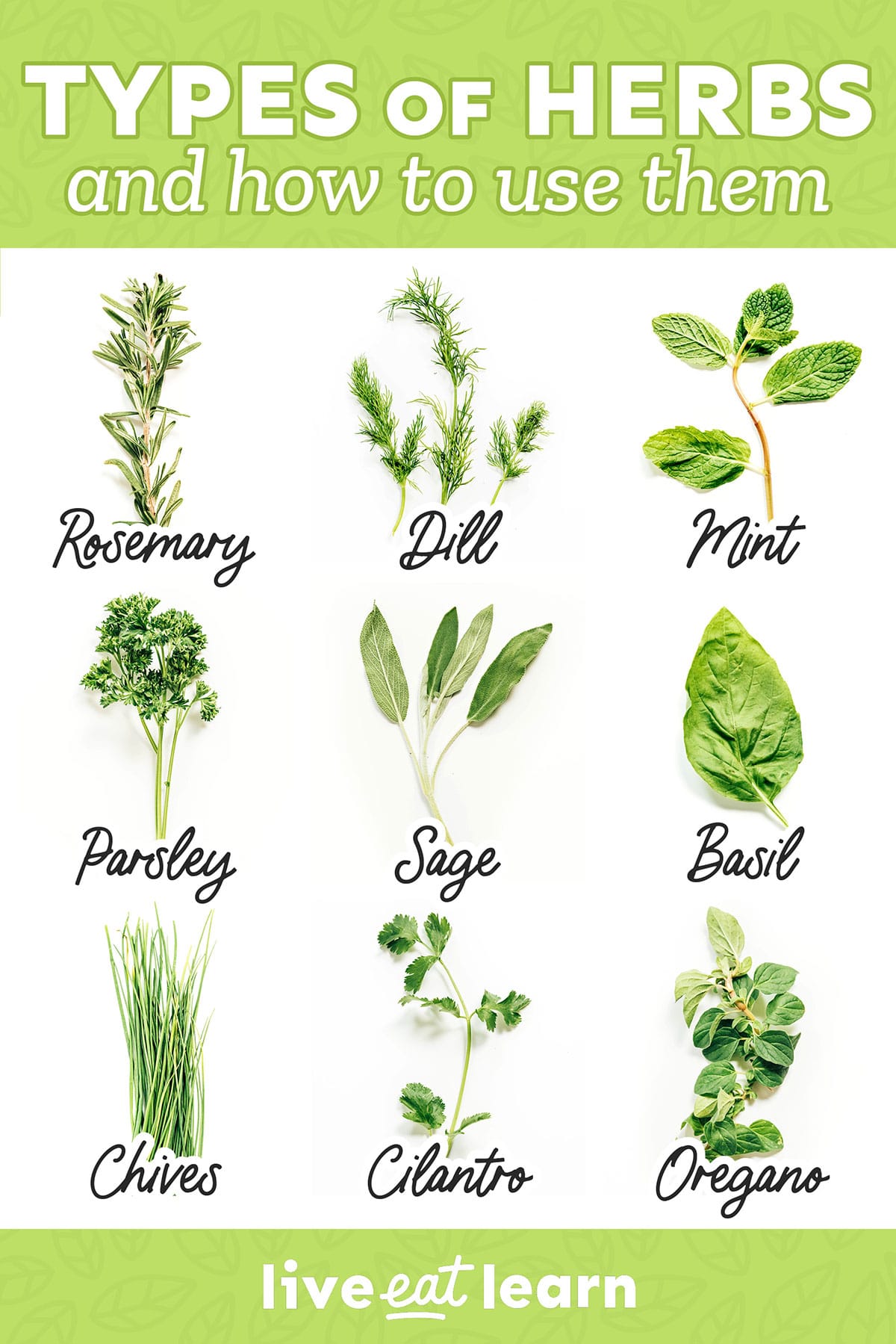 |
[TAG58]While Arabica beans are more popular, robusta coffee (Coffea canephora) also has a place in the world market. Robusta is less expensive to grow |
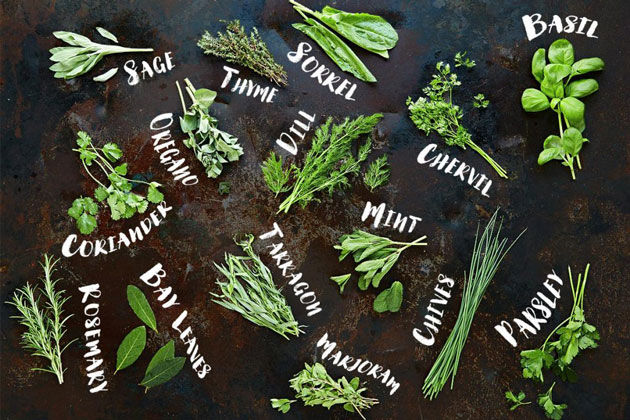 |
[TAG59]Here is the Pioneer Woman's link to her squash Casserole Here is is the link to my video of her Chicken Spaghetti I hope you all enjoy the southern.. |
 |
[TAG60]Soft rain with distant thunder in the quiet magical land of Hogwarts will help you forget about stress and problems. Magic healing rain with distant.. |
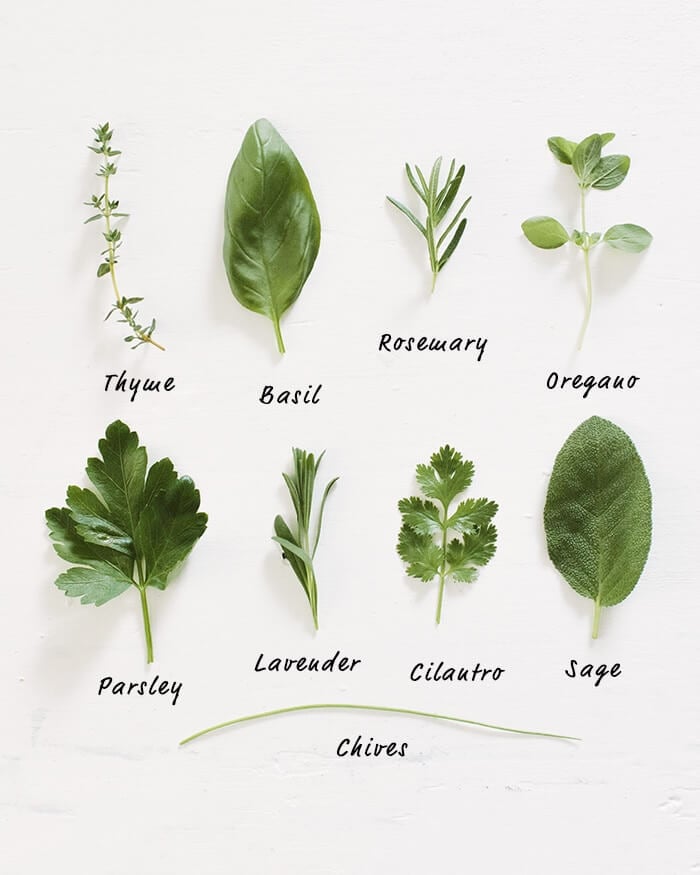 |
[TAG61]#Peasant #villagevlog #pastry The videos are shot in the Gakh region of Azerbaijan. We prepare delicious recipes in the village and present Azerbaijani |
 |
[TAG62]Fulljoy reasoning from Ras Papa owner of Nilotika Naturals located in Mekong, Uganda. In this clip Ras Papa gives us a tour of his farm Valeria Agro where |
 |
[TAG63]Follow Herbal Medicine Director, Peter Jackson-Main, as he takes you through a step by step instruction on how to make a powerful immune boosting tea. |
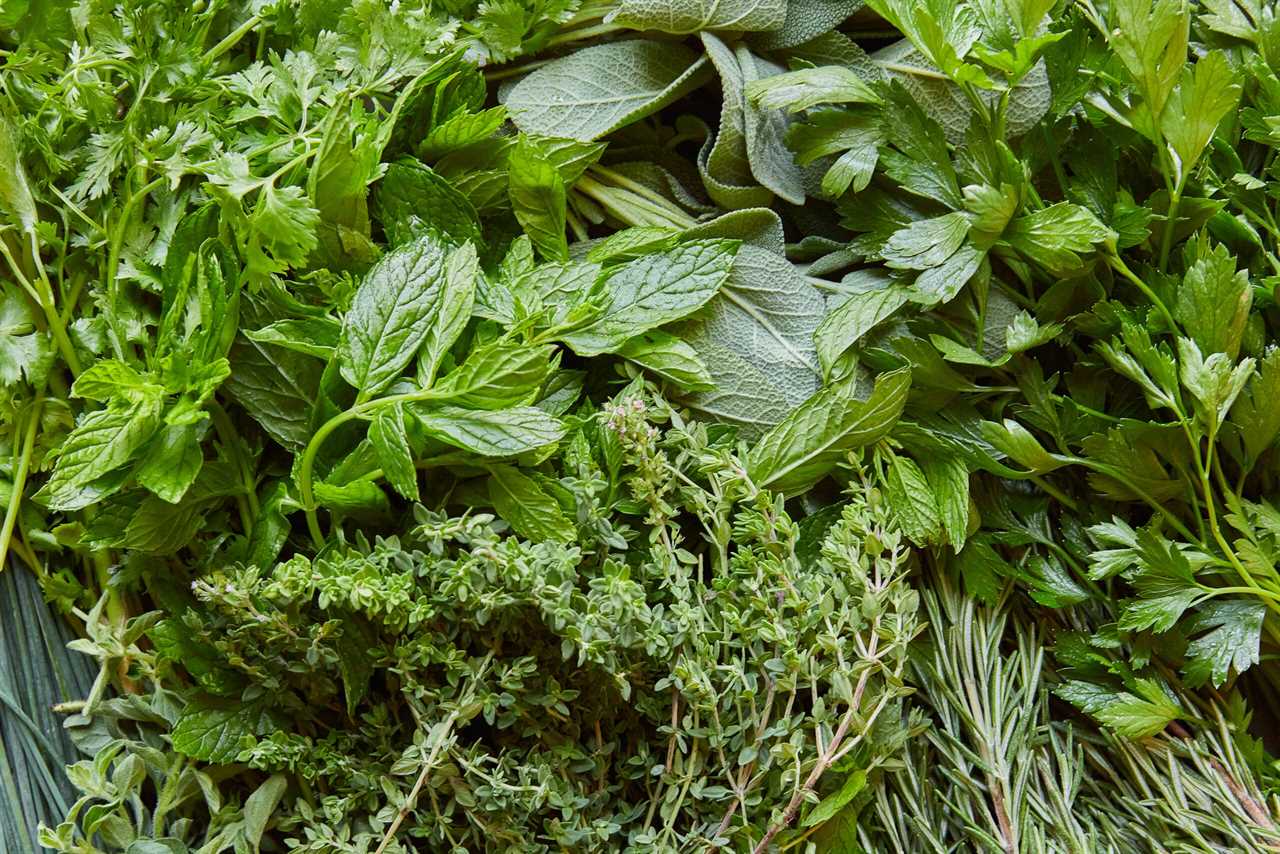 |
[TAG64]I wanted to walk through the grocery store and show you some of my favorite high quality chocolate items, including some next level sugar free.. |
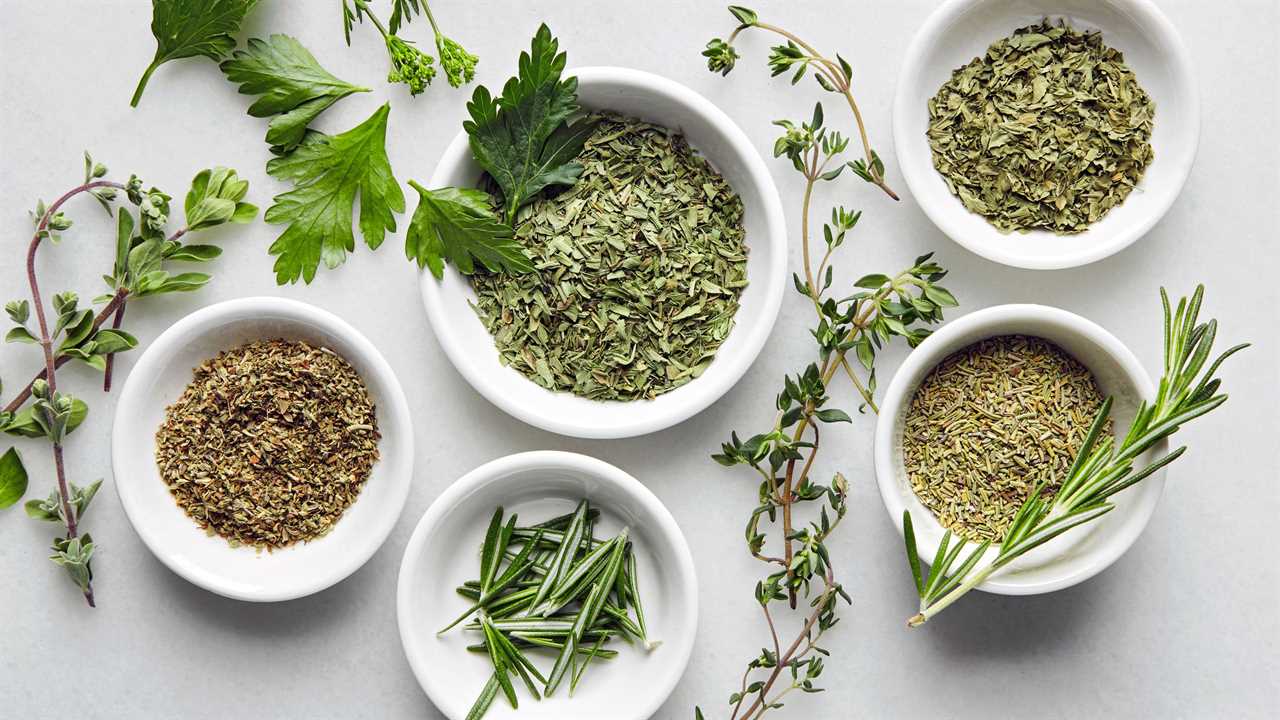 |
[TAG65]Are you ready to take the leap and learn the skills to supplement your self sufficiency Join this channel to get access to perks: |
 |
[TAG66]Learn herbs from respected professional herbalists offering world-class herbalist training. The NEW Professional Herbalist Course includes courses on over 600 |
 |
[TAG67]Our apothecary at the Chestnut School is no mere medicine cabinet; it holds the stories and healing signatures of herbs gathered from local wildlands, |
 |
[TAG68]In this video, I share 6 veggies you can start in July right now! July is our hottest month, but don't let that fool you. Now is the best time to.. |
 |
[TAG69]#herbalmedicine #feverfew #apothecary Welcome friends and join us in the Garden to harvest a lovely little plant that helps me with my migraines! Today we |
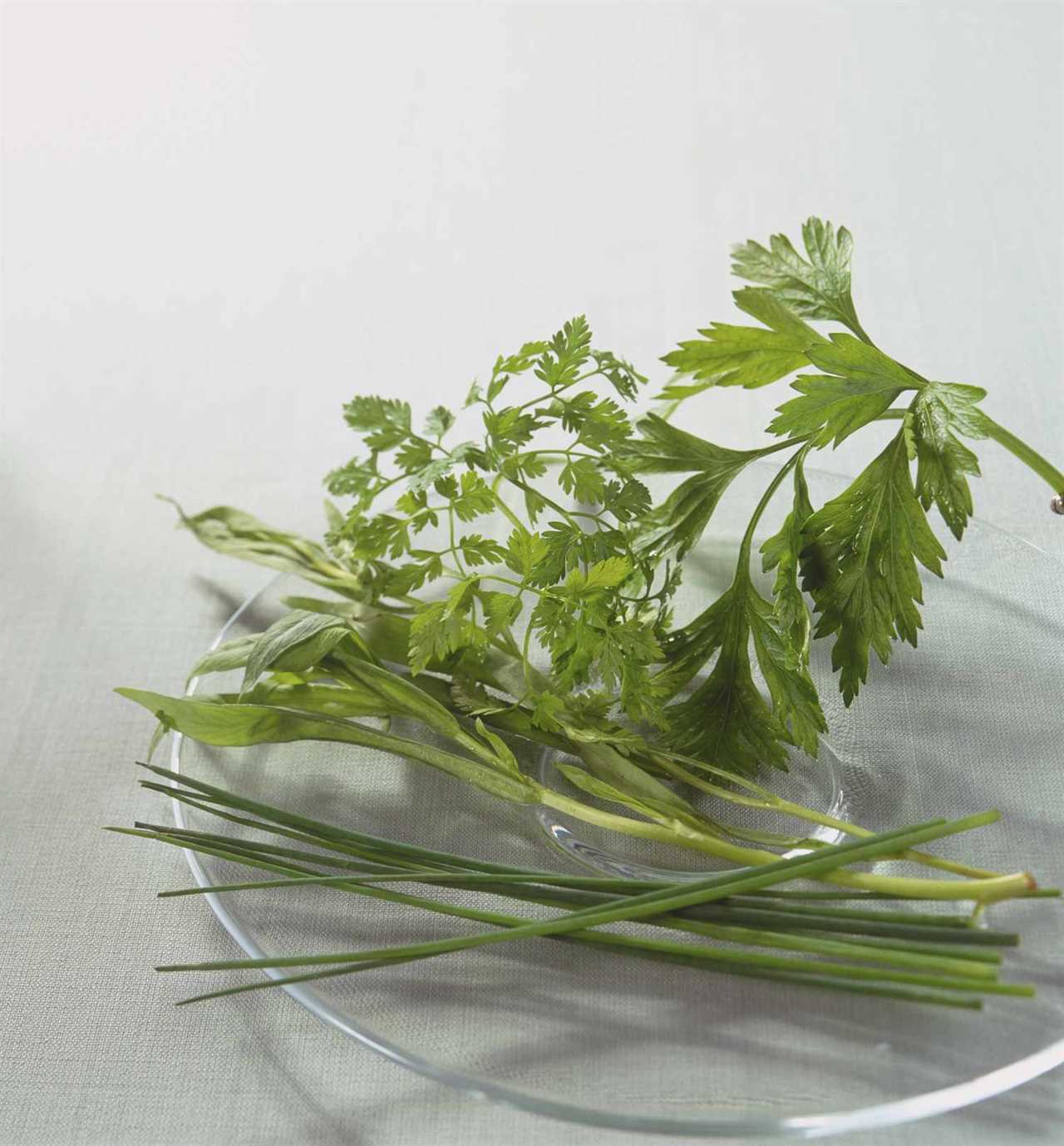 |
[TAG70]Gardening and cooking with fresh ingredients is one of the reasons I love our life here. We have spent a lot of time in the garden over the last few.. |
 |
[TAG71]Lemongrass is a perennial herb that thrives in tropical climates and is used in Thai and Vietnamese cuisine. It has a refreshing, citrus and |
 |
[TAG72]This video covers making a simple, non-electric, low maintenance, hydroponic set-up from things you have at home, no special tools or equipment... |
 |
[TAG73]Full home garden tour where we will give you a live update of our sun garden, cottage garden, patio garden, and vegetable garden. Take a peek at some |
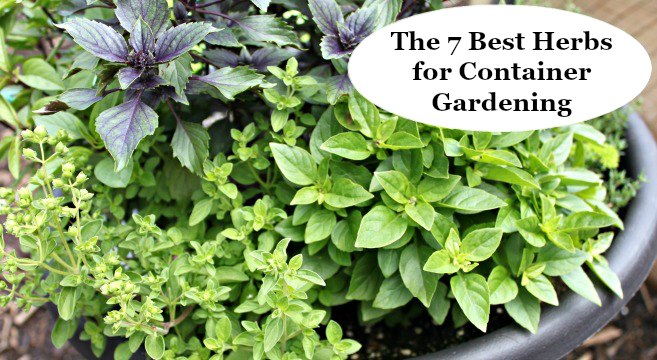 |
[TAG74]Every home cook should have a well-stocked and organized pantry. I've broken everything down in this video and have a master pantry list on Notion.. |
 |
[TAG75]Creating a successful fruit tree guild is so easy and surprisingly quick, and here's how! In today's episode, I teach you the 6 main plant groups.. |
 |
[TAG76]Hey guys! In today's video I am sharing with you 5 really easy and simple ways to use jiffy cornbread mix when you are on a budget! I love this stuff |
 |
[TAG77]Find out more about herbs and how to use them |
 |
[TAG78]I'm loving these different ways to prepare herbs! This herbal bath experience was legendary and definitely something I'm going to continue doing!.. |
 |
[TAG79]On our last day at #pandamonium homestead, Ausia gave us fresh eggs from her hens, and herbs that we picked fresh from her garden. #fulltinyhouse #rvlife |
 |
[TAG80]Hogwarts Legacy ( Part 15 ) - Herbology Class PS5 [ No Commentary] Newt Scamander |
 |
[TAG81]Jekka's top 10 herbs you can find in show gardens at RHS Chelsea Flower Show in 2023 |
 |
[TAG82]Join me in the kitchen today! We will be creating herbal salt seasoning blends, which is a wonderful way to preserve our summer bounty of herbs. Welcome |
 |
[TAG83]One question I get often is, "I have herbs growing, but I don't know what to do with them." Or, "How do I prepare them and harvest them?" So it will depend on |
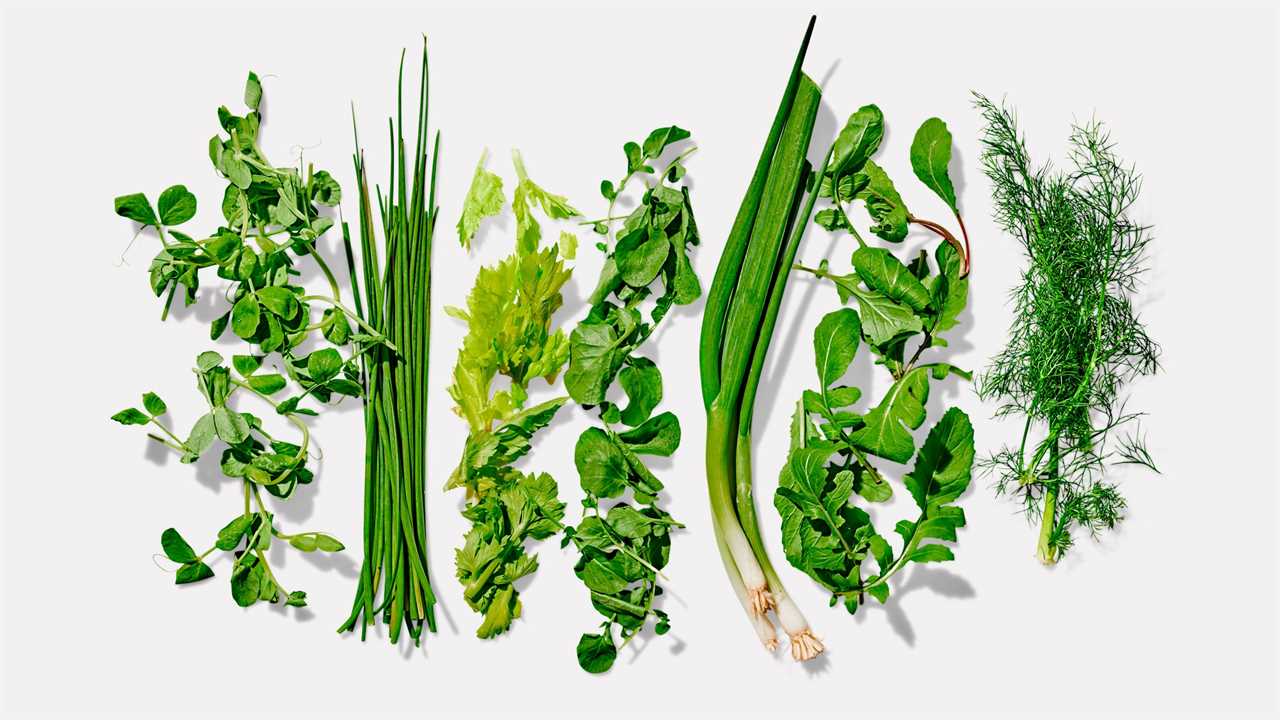 |
[TAG84]Hey ya'll, I'm Jess from Roots & Refuge Farm Welcome to a place that feels like home. A small farm with a big family. We hope you'll pull up a chair, grab |
 |
[TAG85]Alborosie’s Still Blazing from his album Soul Pirate (Deluxe Remastered Edition). Subscribe to Alborosie VEVO channel - https://www.youtube |
 |
[TAG86]Arusip fruit is in season today. I picked some and made jam. It is a perfect match to a bread and coffee in the morning. I went also to the top the waterfalls |
 |
[TAG87]#herbs #kitchengarden #gardening Herb Gardening For Beginners - DIY Kitchen Herb Garden Hope you find this video helpful! Thanks for watching! Misilla |
 |
[TAG88]Like life, tea is what you make of it and The Cup of Life helps individuals enjoy tea in more than one way. Join me on my tea adventures through my blog! |
 |
[TAG89]Join me and Kat Mackinnon, who shares an impressive amount of information about the medicinal gifts of the pine tree in a hilarious and quirky way! |
 |
[TAG90]Tongkat Ali is an herb that’s traditionally been used for sexual enhancement, energy, strength, fever, and several other conditions. In ... Read more |
 |
[TAG91]Find out how to use willow bark for natural pain relief, backaches, muscular soreness, headaches, arthritis, and more! |
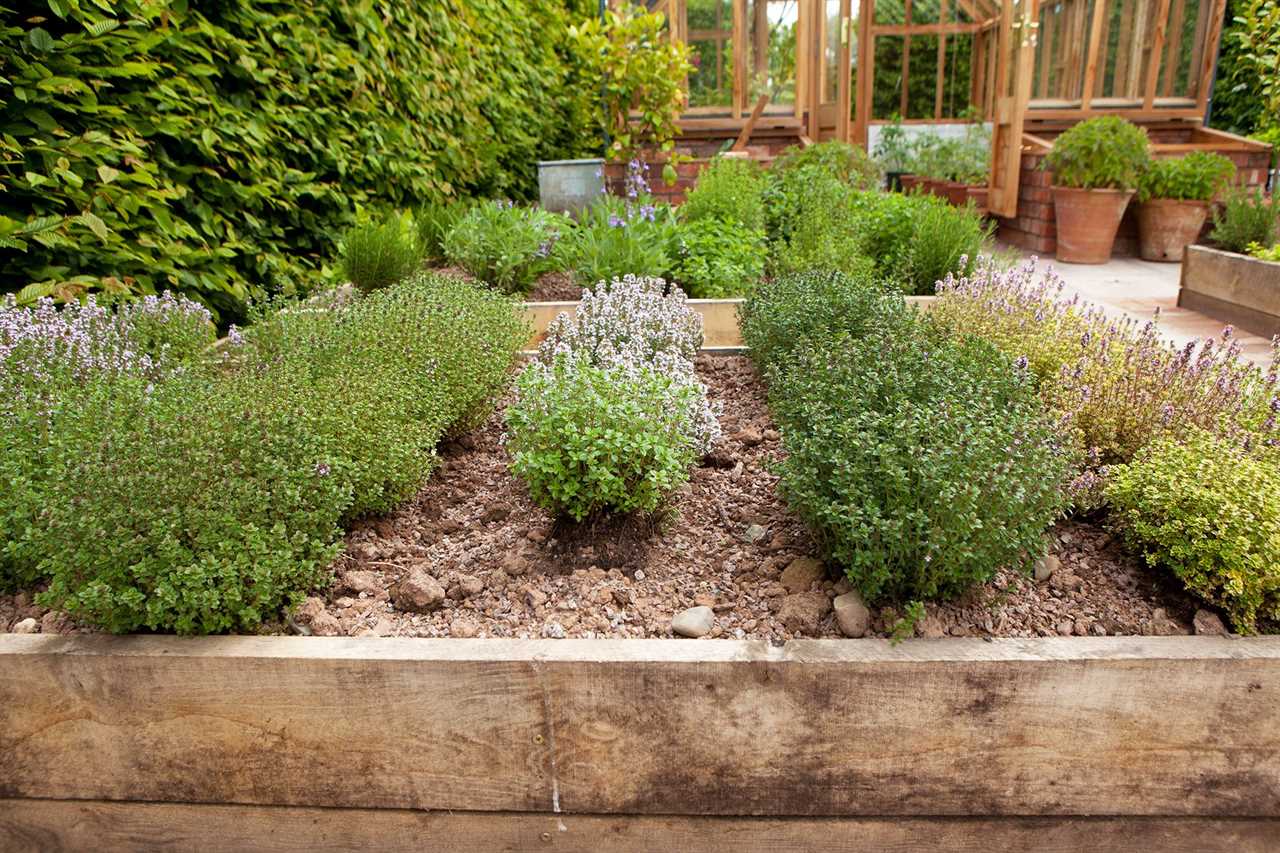 |
[TAG92]Have you ever noticed how different a cough can feel? You may have a dry, coarse cough or one that ... Read more |
 |
[TAG93]Red clover is a medicinal plant that has been used for thousands of years to treat various ailments. In this ... Read more |
 |
[TAG94]Eurycomanone is a major quassinoid compound found in Tongkat Ali (Eurycoma longifolia). It is often regarded as being responsible for ... Read more |
 |
[TAG95]Join me in this episode for a deep dive into linden tree medicine. I share my favorite recipe so you can enjoy the medicinal benefits of delicious linden tea. |
 |
[TAG96]Lack of sleep can leave you with no energy, irritated, lethargic, and moody. Whether you struggle with falling asleep, waking ... Read more |
 |
[TAG97]I'll show you a compact, easy-to-travel-with natural first aid kit; a wonderful way to be prepared for everyday health concerns when you’re away from home! |
 |
[TAG98]Arrowleaf balsamroot (Balsamorhiza sagittata) is a stunning flower, a nutritious food, and a potent herbal medicine that grows all over western North America. |
 |
[TAG99]A tea assessment platform that rates teas based on objective quality markers and a sensory evaluation resulting in a list of the best teas produced each year. |
.png)





